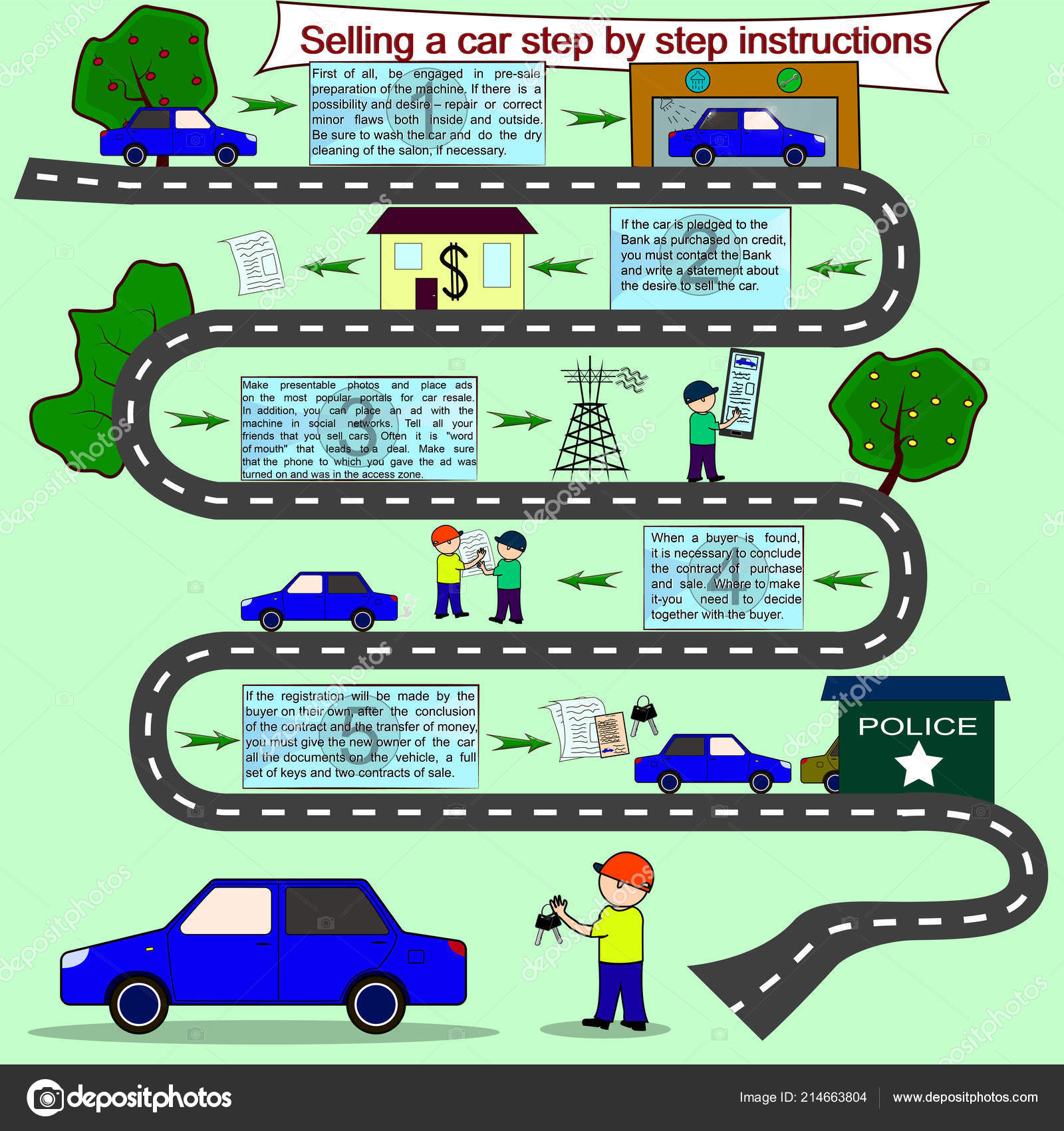Seeking Clarity On The Caution Lights Presented On Your Automobile'S Dashboard? Figure Out Just How They Connect To Your Automobile'S Health And Safety
Seeking Clarity On The Caution Lights Presented On Your Automobile'S Dashboard? Figure Out Just How They Connect To Your Automobile'S Health And Safety
Blog Article
Created By-Sykes Shepherd
When you lag the wheel, those radiant caution lights on your control panel can be a little bit difficult. Do you understand what they're attempting to inform you about your cars and truck's wellness? Recognizing the relevance of these lights is vital for your safety and security and the durability of your car. So, the following time among those lights appears, would not you wish to decode its message accurately and take the needed actions to resolve it?
Common Warning Lights and Interpretations
Determine common warning lights in your vehicle and understand their significances to ensure secure driving.
The most typical caution lights include the check engine light, which signals problems with the engine or discharges system. If this light begins, it's crucial to have your car examined immediately.
The oil pressure warning light shows low oil pressure, calling for prompt interest to stop engine damages.
A blinking battery light might suggest a malfunctioning charging system, possibly leaving you stranded otherwise dealt with.
The tire pressure tracking system (TPMS) light signals you to low tire pressure, influencing automobile stability and gas performance. Disregarding this might lead to unsafe driving conditions.
The ABS light shows a problem with the anti-lock braking system, jeopardizing your capability to stop rapidly in emergency situations.
Last but not least, the coolant temperature alerting light warns of engine getting too hot, which can result in severe damages if not fixed quickly.
Comprehending these common caution lights will assist you resolve concerns immediately and keep secure driving problems.
Importance of Prompt Focus
Understanding the typical caution lights in your car is just the first step; the relevance of without delay dealing with these warnings can't be highlighted sufficient to guarantee your security on the road.
When a caution light illuminates on your dashboard, it's your vehicle's means of communicating a potential concern that requires attention. Neglecting these warnings can lead to extra extreme problems later on, endangering your safety and potentially costing you much more out of commission.
Trigger attention to advising lights can protect against breakdowns and crashes. For instance, a flashing check engine light might indicate a misfire that, if left unattended, can cause damages to the catalytic converter. Resolving https://www.consumerreports.org/car-safety/clearing-confusion-about-advanced-car-safety-feature-names-a1035752654/ without delay can save you from a pricey repair.
Likewise, a brake system alerting light might indicate low brake liquid or worn brake pads, crucial elements for your safety when driving.
Do It Yourself Troubleshooting Tips
If you discover a warning light on your control panel, there are a couple of DIY troubleshooting tips you can attempt before seeking specialist help.
https://car-oil-change62839.wssblogs.com/29990946/amazed-by-vehicle-describing-supplies-learn-about-the-essential-tools-and-insider-pointers-that-will-help-beginners-boost-their-describing-methods is to consult your automobile's handbook to comprehend what the specific warning light shows. Sometimes the issue can be as simple as a loosened gas cap setting off the check engine light. Tightening up the gas cap may solve the trouble.
Another typical issue is a low battery, which can activate different warning lights. Examining the battery links for rust and ensuring they're protected could deal with the trouble.
If a warning light lingers, you can attempt resetting it by disconnecting the auto's battery for a couple of mins and afterwards reconnecting it. Additionally, checking your lorry's fluid degrees, such as oil, coolant, and brake liquid, can help fix warning lights related to these systems.
Conclusion
Finally, comprehending your car's warning lights is necessary for maintaining your car running smoothly and securely. By without delay addressing these informs and knowing what they mean, you can avoid pricey repair work and possible break downs.
Remember to consult your automobile's guidebook for certain details on each cautioning light and take action appropriately to ensure a hassle-free driving experience.
Keep educated, remain safe on the road!
